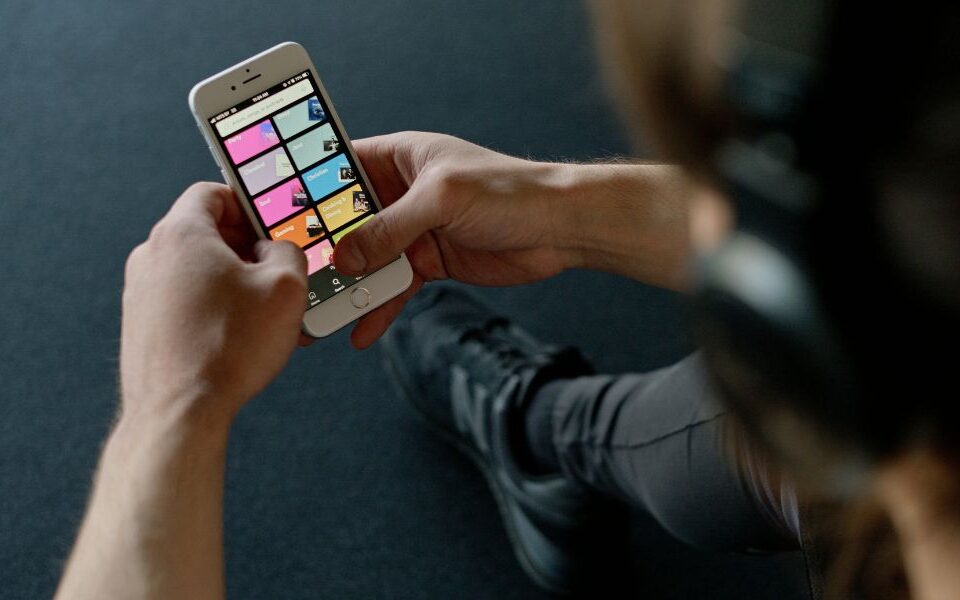- Have any questions?
- 888-432-8878
- steve@sebackground.com

Expert Q&A: Understanding the DOL’s Overtime Rules
January 2, 2020How to Earn an Entry-Level Job in HR
January 5, 2020Times were when a lunch break was a welcome relief from the tedium of a workday. Congregating in the break room or going en masse to the nearby eatery was not a one-off occasion, it was the done thing. Talking shop, having a laugh at each other’s expense or the boss’s encouraged camaraderie and bonhomie. But then a new work culture dawned, where spending a whole day tied to the desk has become the norm.
Research done by the NDP Group, a leading global information company, revealed that nearly 62 percent of professionals prefer to eat lunch at their desks. There are far too many important tasks to be tackled in a day, leaving no time for a sit-down lunch. A Hartman Group research found that millennials preferred desk eating at work. They believe that eating solo allows them to multi-task better.
This is called as desktop dining by social scientists. Taking a lunch break away from that desk is counted as a luxury or an unnecessary intrusion.
Another downside of today’s work culture is that some offices do not have a clearly delineated lunch hour, people take a break as and when work permits. There is no concept of hands or pens down. Lunch on the go or a la desk is quite acceptable.
The new open-plan offices of today’s world are maybe hip and promote better accessibility and less stringent hierarchy, but there is no official break from work. Work and leisure spaces mesh and you eat and toil in the same space.
 We talked to some human resource professionals from a variety of industries to learn their opinions on the pros and cons of eating lunch at the desk.
We talked to some human resource professionals from a variety of industries to learn their opinions on the pros and cons of eating lunch at the desk.
The general consensus was that if people are eating at their desks to save time, then it is a fallacy. It in no way improves productivity and shows that you are not handling your workflow well.
Desk Eating: a social evil or necessity?
Patrick Algrim, a hiring specialist from the Silicon Valley, says desk eating per se is neither bad nor good. It does not determine your work ethics or your social skills at work.
Others expressed concerns about the general etiquette of eating at the desk. A meal at the desk may attract some colleagues to stop over for a chat, the noise and even the odors wafting from the food are bound to distract your neighbors and co-workers.
“If the employee continues to work during their lunch, ie., taking calls, typing, fielding queries, then the meal break might fairly be considered as not fully or wholly taken,” opines Jake Penny, Head of HR, English Blinds.
Carol L. Kardas, founding partner, KardasLarson, agrees with this view. She says, “If you are classified as non-exempt by FLSA (Fair Labor Standards Act) standards, then anytime that you work or are permitted to work during your lunch hour, you must then factor that lunchtime into any potential overtime pay. If a boss asks for something and the non-exempt individual does it during this break, then it is compensatory time. If you are exempt from overtime, then it really doesn’t matter if someone is eating lunch and working – except that it could smell up the office or be messy.”
Jake Penny also feels that customer-facing businesses cannot have staff eating lunch in full view of customers, it is bad etiquette and harmful to the business.
Some employees feel that eating at the desk saves them time and multi-tasking is possible.
“The major issue with desk lunching is that it creates the temptation to work through your lunch. While you may think that doing this will make you more productive, it will actually have the opposite effect. If you’re eating while working, you won’t be fully concentrating on your work, which will, therefore, have a negative impact on the standard of work you produce,” according to Steve Pritchard, HR Consultant, Checkalte. He maintains that breaks are imperative to maintain concentration and energy levels.
What about desk hygiene?
Eating at the desk is not good for work health has been already established, besides that, the habit is unhygienic. The crumbs and half-eaten leftovers attract roaches and other insects. There have been many instances where offices had to be fumigated due to roach infestations. Furthermore, food odor can be highly off-putting.
Ways to discourage the habit
So, how do you handle people who insist on working at the desk? Some companies have a clear cut policy of strictly no eating at the desk. A good way is to provide a designated space for workers to take a lunch break.
Pritchard says, “If you don’t want your employees to be eating at their desks, then you need to create a reason for them not to, and the best way to do this is to give them an alternative place to eat their lunch in the office.”
The space should be welcoming and pleasant where people can relax and eat their lunch. Furnish it with easy chairs and a lunch table. Add a sofa and a television. Such an ambiance will draw people away from their desks, advises Pritchard.
Another way is to have a cafeteria or lunch room on the premises for this purpose.
Food at desks policies
Office management can give a written communication discouraging desk eating and managers can gently remind employees who do not follow the rules that accidental spills can cause damage to equipment and important documents. Also, unpleasant odors can be offensive to others working on the premises and close proximity.
Senior staffers should set an example by desisting from eating in the office.
Most importantly, eating at your desk makes it harder to foster fellow feelings and create a fun sociable space with your colleagues. A survey of fire workers by Brian Wansink, a professor at Cornell University, found that eating and cooking together as a team improved work performance significantly. An MIT research has found that socializing at work and water cooler chatter makes employees more productive
The Pros
It is always not possible to take a break away from work and rush for the designated lunch hour. Meetings run over time, deadlines have to be met and some people just prefer to spend some me-time at their desk during lunch hour. Others like to work through their lunch hour so that they can leave early.
Health risks of eating at desk at work
There are major health risks involved in eating alone at your work station. People tend to snack more in such situations.
The choice of food is also sometimes of the fast-food variety. Easy to pick-up on the go and finish fast.
It has been found that people tend to over-eat when they are multi-tasking or working while eating. The sense of proportions and portions is lost.
Sitting in one place for long hours is unhealthy. Nearly 86 percent of Americans sit throughout their workday.
Digestion and related problems can crop up if we do not eat properly. “Eating while stressed and rushing through your meal can lead to inadequate chewing and lower production of stomach acid. Combined this can lead to damage in the intestinal tract caused by undigested food particles, leading to the leaky gut syndrome. This can lead to IBS, autoimmune disease, and high levels of total body chronic inflammation,” said Chris Albert, personal trainer, nutrition expert, and host of the Warrior Soul Podcast, to us in an email interview.
It might be easy and convenient for a lot of people to sit through their lunch hour at the desk munching away at a sandwich or salad, believing in their industriousness, but it does nobody any favor–neither you nor your company.
A proper break in the workday is not a luxury but a necessity for your mental and physical and social well-being.
The post Desk Eating: The good, the bad, and the ugly appeared first on The HR Digest.
Source: New feed






